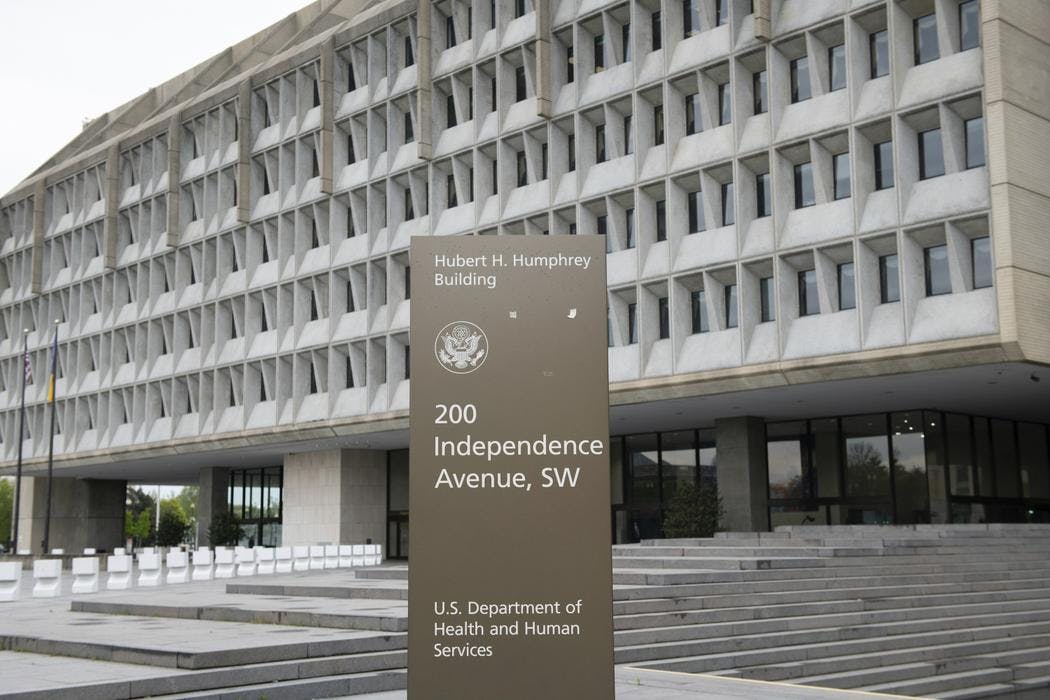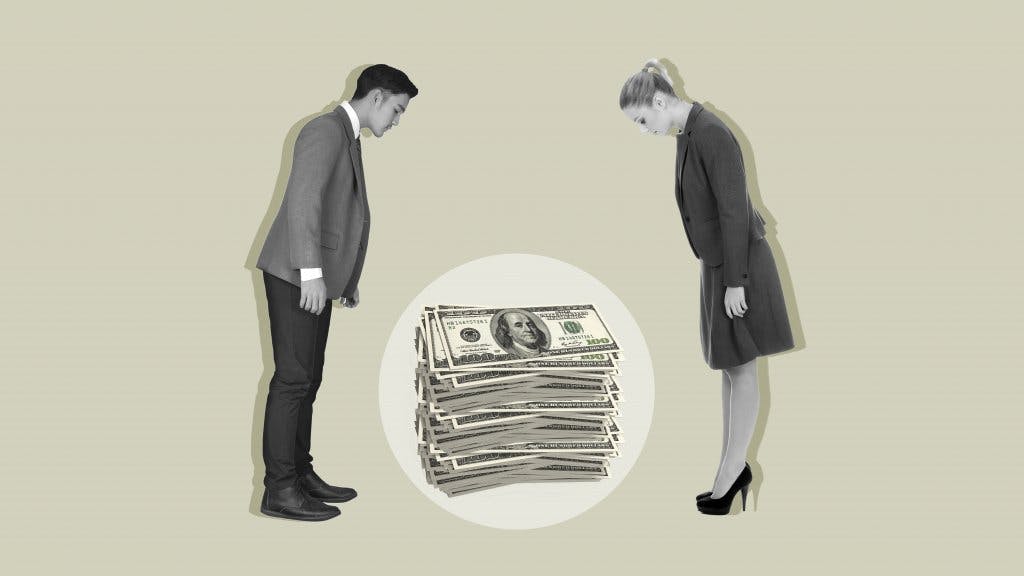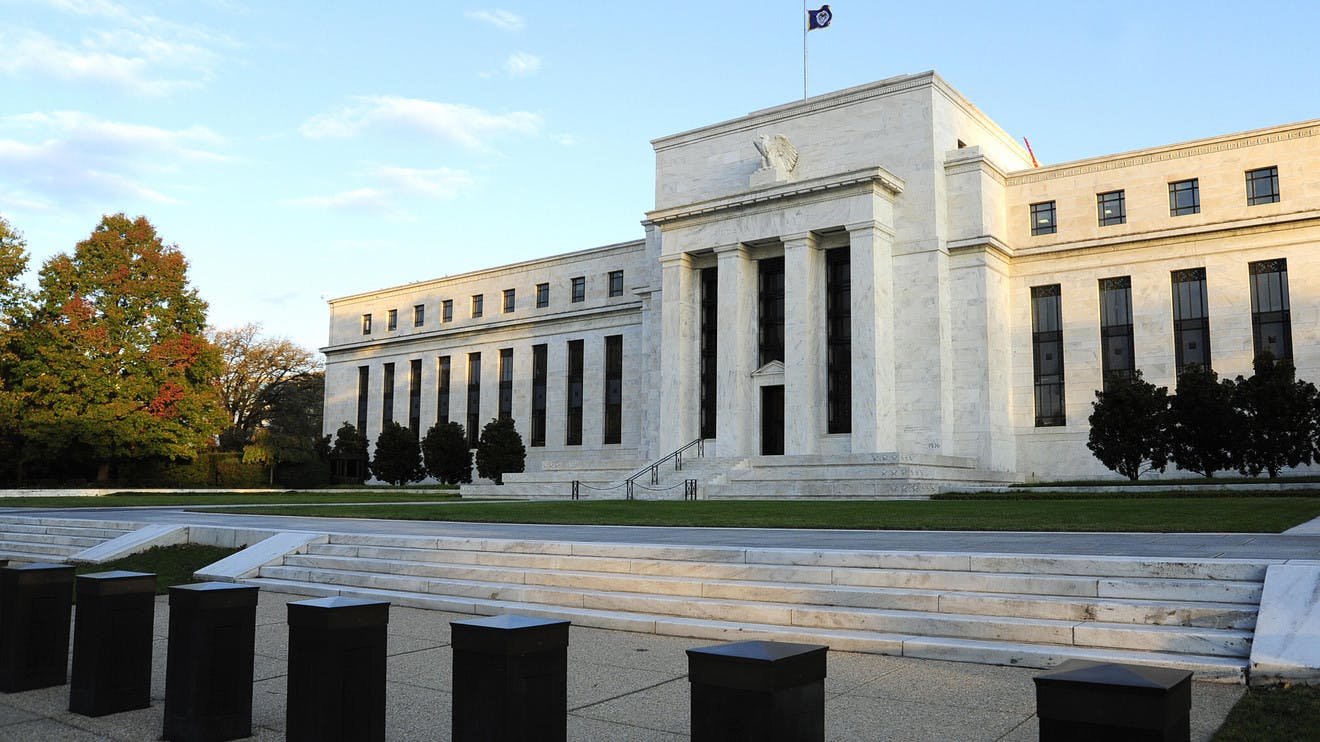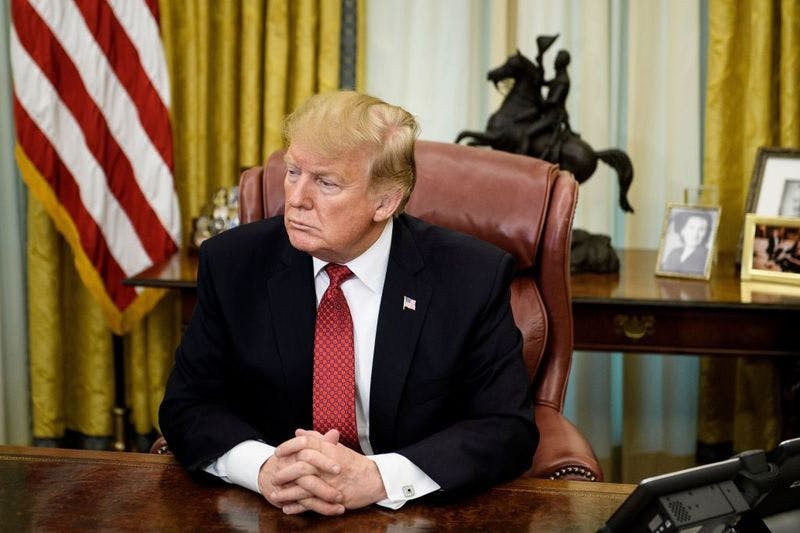 Vanity Fair
Vanity Fair
How Pandemic Profiteers Are Getting Richer With the Fed’s Easy Money
There was a lot of excitement on Wall Street when the billionaire Len Blavatnik pocketed nearly $2 billion in cash after Warner Music, the world’s third-largest record label, completed its successful IPO on Wednesday. Lots of rich people made lots more money.
It was the biggest IPO of 2020—thank you, Fed chairman Jerome Powell—and increased Blavatnik’s net worth to more than $31 billion, according to Bloomberg, with some $7.5 billion alone of that increase coming yesterday after the successful deal. By design, Warner Music, received nothing from the sale; all of the proceeds went to Blavatnik and his affiliates that control Warner and will continue to control the company after the IPO. Because the stock moved up 20% after it began trading Wednesday, the IPO was also a boon to investors who bought the Warner stock as it opened or who were lucky enough to get an allocation from the underwriters before it started trading. Warner Music is now valued at around $15.4 billion. The Wall Street underwriters, led by Morgan Stanley, Credit Suisse, and Goldman Sachs, also enjoyed a fee bonanza, likely in the millions of dollars each, although just how much the underwriters made is not yet publicly on file with the Securities and Exchange Commission.
Read more The American Prospect
The American Prospect
Private Equity Gets Its Bailout After All
A couple weeks ago, the sentiment was that policymakers were holding firm against the entreaties of private equity firms to get bailouts on their risky undertakings. I even got caught up in this to an extent, pointing out that private equity portfolios are bloated and overpriced, meaning losses will mount, potentially preventing the industry from reaching the promised land, where they can scoop up sick businesses for a song and extract value.
It’s true that buyouts of, for example, physician staffing firms like Envision and TeamHealth look pretty bad right now, particularly with ER visits down as everyone fears catching the virus at the hospital. The nursing home disaster also looks poorly on private equity, which has bulked up purchases in the sector in recent years. In fact, the entire healthcare play looked like a real problem for private equity.
Read more Business Insider
Business Insider
Here are the 9 economic relief programs the Fed is using to combat coronavirus fallout
The Federal Reserve unveiled a spate of emergency lending programs through March and April to lift credit stresses and improve market functioning.
In the following months, the facilities lifted stocks and bonds alike, opened up much-needed credit pools, and boosted liquidity throughout the financial sector. Several of the programs are also backstopped by the Treasury, leaving billions of dollars in loans on the table for eligible corporations, small businesses, and governments.
Read more Inc.
Inc.
Why the Fed's New $600 Billion Lending Program May Get a Cool Reception
The Federal Reserve's Main Street Lending Program is expected to launch this week and business groups and lawmakers are already trying to change it.
At a Tuesday Senate committee hearing on the implementation of Title IV of the Cares Act, lawmakers including Mike Crapo (R-Idaho) and Mark Warner (D-Va.) questioned the expected efficacy of the program, which will be open to companies with as much as $5 billion in 2019 annual revenue or fewer than 15,000 employees that were in good financial standing before the crisis. They also wondered aloud whether the business community would take it up at all.
Read more Bloomberg Quint
Bloomberg Quint
Bond Market Flashes Stagflation Alarm After Fed’s Gusher of Cash
The bond market is sounding the alarm that the flood of cash that policy makers have unleashed to buoy growth in the face of the pandemic will have potentially painful consequences for the economy.
The Treasuries yield curve is the steepest in three years, with long-maturity rates climbing as the Federal Reserve prints billions of dollars a week to add to its stockpile of government debt and other assets. The steepening phenomenon is typically a signal of improving growth prospects, and riskier assets such as stocks are certainly rallying. Yet some investors are more wary about what it says about inflation expectations, with U.S. activity merely giving a hint of bottoming out from what’s likely the deepest slump in living memory.
 MarketWatch
MarketWatch
Get ready for the Fed to deploy untested monetary policy plan in September, says analyst
Get ready for the Federal Reserve to target bond yields as one of the many unprecedented measures the central bank has undertaken to support the economy.
The Fed may shift to a policy of buying bonds to cap yields for short-dated maturities at fixed levels, says Mark Cabana at BofA Global Research who argues the move is likely to take place in September as the Fed looks to mitigate the risk of deflation over the next few years.
Read more Bloomberg
Bloomberg
Trump Team Envisions Up to $1 Trillion for Next Stimulus Round
Trump administration officials increasingly expect to spend up to $1 trillion in the next round of economic stimulus, according to people familiar with the matter, though action on a measure is unlikely until at least next month.
While officials coalesced on that limit after Senate Majority Leader Mitch McConnell told them the bill could approach $1 trillion, President Donald Trump has not made a final decision. Trump has said he wants to include an infrastructure package and other measures in the next stimulus that would push spending beyond that amount.
Read more Bloomberg
Bloomberg
OPINION: Fed’s Municipal-Bond Backstop Is Still Too Punishing
When the Federal Reserve first unveiled its backstop for the $3.9 trillion municipal-bond market in early April, it drew swift backlash for setting arbitrary population cutoffs that excluded many crucial U.S. cities. Within about a month, the central bank significantly lowered its thresholds.
On Wednesday, it went even further, allowing all 50 states to have at least two cities or counties eligible to directly issue notes to the Fed’s Municipal Liquidity Facility, regardless of their size. The central bank also said governors can designate two revenue-bond issuers, like public transit agencies or airports, as eligible borrowers. Apparently, Fed Chair Jerome Powell and his colleagues are trying to make sure that these funds can reach the smaller and poorer communities that need them the most.
Read more